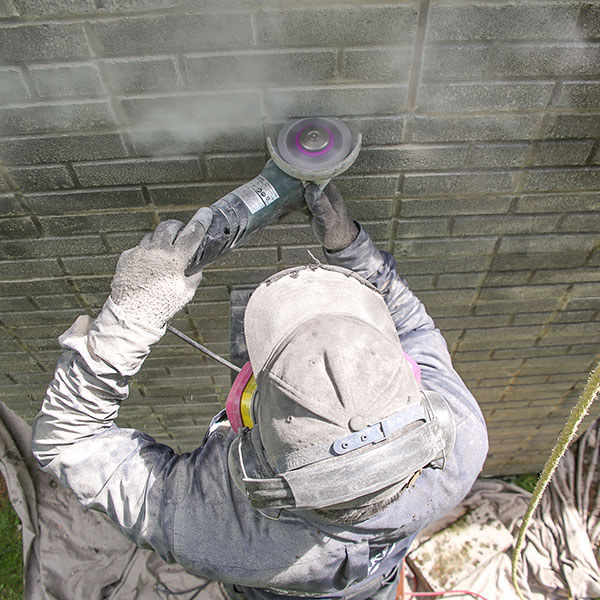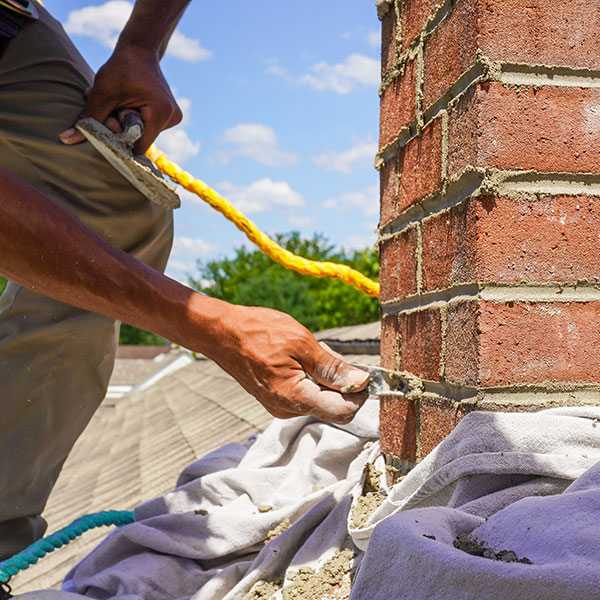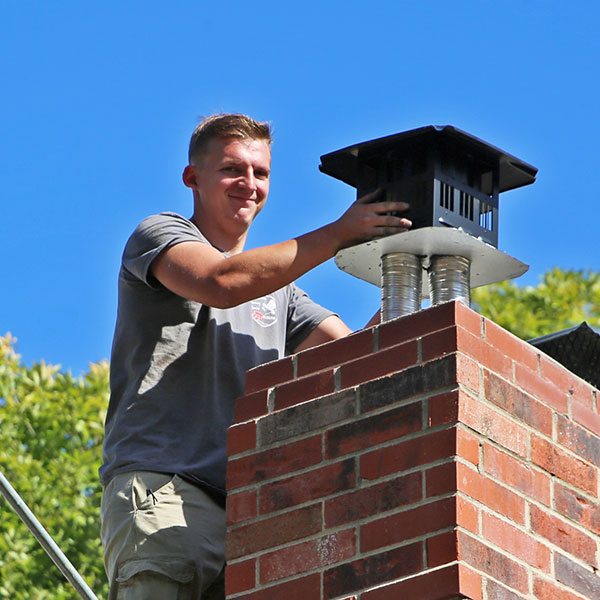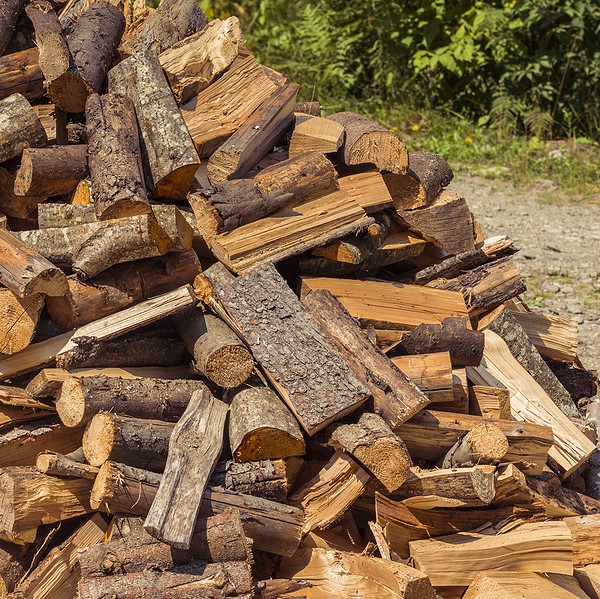What Is Chimney Tuckpointing & When Is it Needed?
Tuckpointing is a process that removes deteriorated mortar between the bricks of a chimney and replaces it with a strong new mortar compound. While tuckpointing isn’t something that’s needed on a regular basis, it will almost surely be needed at certain times throughout the life of a chimney.
 Why tuckpointing is so important
Why tuckpointing is so important
When we think of severely damaged chimneys, we usually think of cracked, loose or missing bricks. But the mortar joints are just as critical as the bricks to the soundness of a chimney.
Mortar often begins to crack and crumble after several decades, simply due to old age. This is a normal occurrence. The deterioration of mortar can be sped up if small cracks start happening. These cracks will allow water to seep in, where it will freeze and expand and start doing significant damage.
Even if there’s no freezing/expanding, water itself deteriorates mortar over time.
If a chimney with clear signs of mortar issues is ignored, you can eventually be looking at a chimney that leans to one side or partially or completely collapses.
How to tell if your chimney’s mortar needs attention
Here’s a simple checklist you can use to decide if the mortar in your chimney structure needs a professional inspection and possibly tuckpointing.
- Crumbling mortar on the roof near the chimney
- Obviously missing mortar between bricks
- Discolored mortar – do some strips of mortar look different from others?
- Bricks that are loose to the touch
- Cracks in either the mortar or the bricks of the chimney
The next four are signals that there’s a chimney leak. Chimneys often leak due to compromised mortar joints, and often you’ll be aware of the leak before you see the mortar damage.
- Damp sections on the ceiling or walls near the fireplace/chimney
- Strong musty odors coming from the fireplace
- Rusted fireplace damper that squeaks and/or won’t fully open and close
- Water in the firebox
Who should perform tuckpointing services?
Only a licensed and preferably CSIA-certified company should undertake tuckpointing on your chimney. As simple as the job may sound, a variety of things can go wrong during the process and in the years that follow if the worker is unskilled.
A chimney that has been “repaired” incorrectly can become unsafe to operate and unsafe for the people and pets living in its vicinity.
 Another very important reason to have tuckpointing work done by credentialed chimney professionals is insurance. Your homeowner’s policy most likely will not cover future chimney damage caused by or associated with a faulty repair job.
Another very important reason to have tuckpointing work done by credentialed chimney professionals is insurance. Your homeowner’s policy most likely will not cover future chimney damage caused by or associated with a faulty repair job.
When seeking a qualified chimney repair company for tuckpointing or any other chimney service including cleaning, inspection, general repair and chimney rebuilding, keep these five points in mind.
- Confirm that the company you choose is licensed and fully insured.
- Look at the company’s website. Do they talk about tuckpointing and brick repair? Not all chimney companies offer all chimney services.
- Ask for references of local people the company has worked for. Follow up on the references.
- Look at online reviews, if there are any.
- Talk with the owner of the company or a representative and get a feel for what it would be like working with this individual. Does he/she have quick and clear answers to your questions? Is he/she more interested in quality than in getting your money?
Fluesbrothers Is Ready to Help Year-Round
Fluesbrothers Chimney & Fireplace of Kansas City, KS, provides complete tuckpointing service as well as all other chimney repair work. We’re licensed, fully insured and hold certification through the Chimney Safety Institute of America (CSIA).
When it has to be done right the first time, call Fluesbrothers at (913) 236-7141.
The post What Is Chimney Tuckpointing & When Is it Needed? appeared first on Fluesbrothers Chimney Service.
 A few signs inside the home to look for
A few signs inside the home to look for The flashing of the chimney is the metal sheet that adds extra protection from weather wear and tear. If the flashing is loose-fitting, that alone can be the cause of any damage to your chimney, especially from rainwater.
The flashing of the chimney is the metal sheet that adds extra protection from weather wear and tear. If the flashing is loose-fitting, that alone can be the cause of any damage to your chimney, especially from rainwater.
 Make Sure Your Chimney Cap is Secure
Make Sure Your Chimney Cap is Secure Burn Seasoned Wood
Burn Seasoned Wood The Job of a Kitchen Range Hood
The Job of a Kitchen Range Hood

 Creosote Buildup
Creosote Buildup At Boston’s Best Chimney, we are a one stop chimney service company specializing in every aspect of chimney maintenance and repair. Whether you are looking for a
At Boston’s Best Chimney, we are a one stop chimney service company specializing in every aspect of chimney maintenance and repair. Whether you are looking for a 